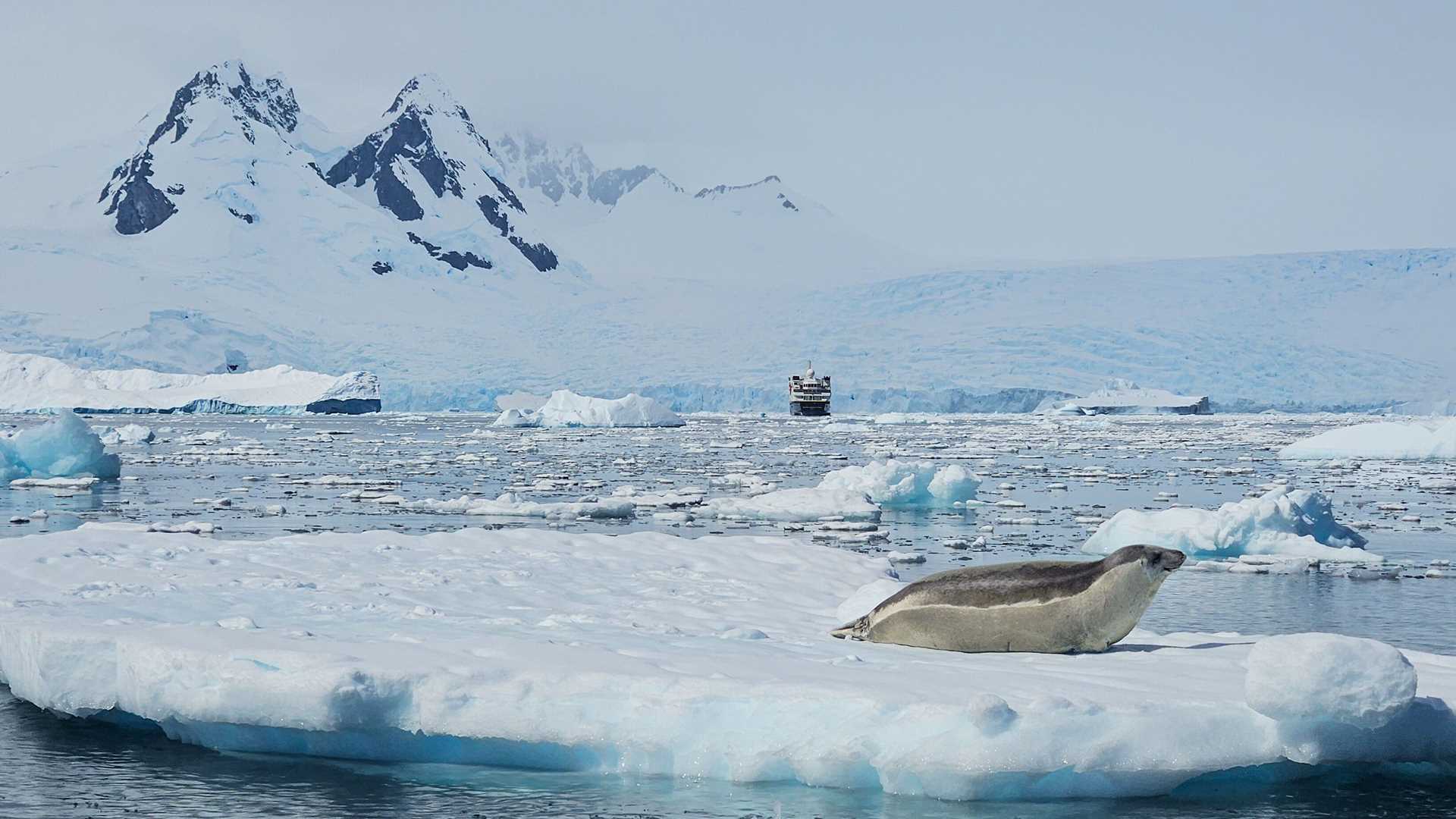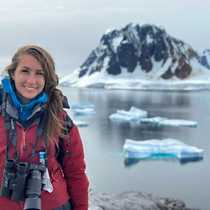We spent our morning traversing Orleans Strait along the Trinity Peninsula. We looked for wildlife and appreciated stunning views of icebergs and glacier-capped mountains. We sailed south until we arrived at Cierva Cove, a beautiful bay full of ice and wildlife. The clouds broke around lunch, revealing a brilliantly sunny afternoon. We explored the outer reaches of Cierva Cove by Zodiac, where we encountered minke and humpback whales, leopard and crabeater seals, and chinstrap and gentoo penguins. Once back aboard National Geographic Explorer, we pushed farther up into the thick ice near the face of the glacier and took in the stunning views of the surrounding peaks. After a few drinks and dinner, we headed farther south through Gerlache Strait, watching distant humpback whales spouting under the sunset.
2/28/2025
Read
National Geographic Resolution
Northbound Drake Passage, Cape Horn, and the Beagle Channel
This morning, we had a later start than usual after a late night enjoying the crew show. Our galley team gifted us with a fulfilling brunch. We then had a brilliant forum about climate change with the participation of our panel of experts onboard. Afterward, our expedition leader called us to the bow to see Cape Horn, which was only a few miles ahead. The good weather allowed us to have a smooth and fast crossing, allowing extra time to swing by Cape Horn, the most southern tip of the Americas. Over the PA system, Steven provided a very interesting description of the historical importance of this area, then Pablo read a beautiful poem, a memorial to the seaman lost at sea. We could see the monument in the distance, two metal sheets that depict an albatross in flight. During the afternoon, we enjoyed Madalena’s presentation about Women in Antarctica. This was an incredible voyage through the struggles and delays of allowing women to participate in science and logistics in Antarctica. We entered the Beagle Channel around 17:00 and we encountered black-browed albatrosses, cormorants, dolphins, and whales. On our final approach to the beautiful city of Ushuaia, we passed by Les Eclaireurs Lighthouse and some of the seals that live in the Bridges Islands Archipelago.







